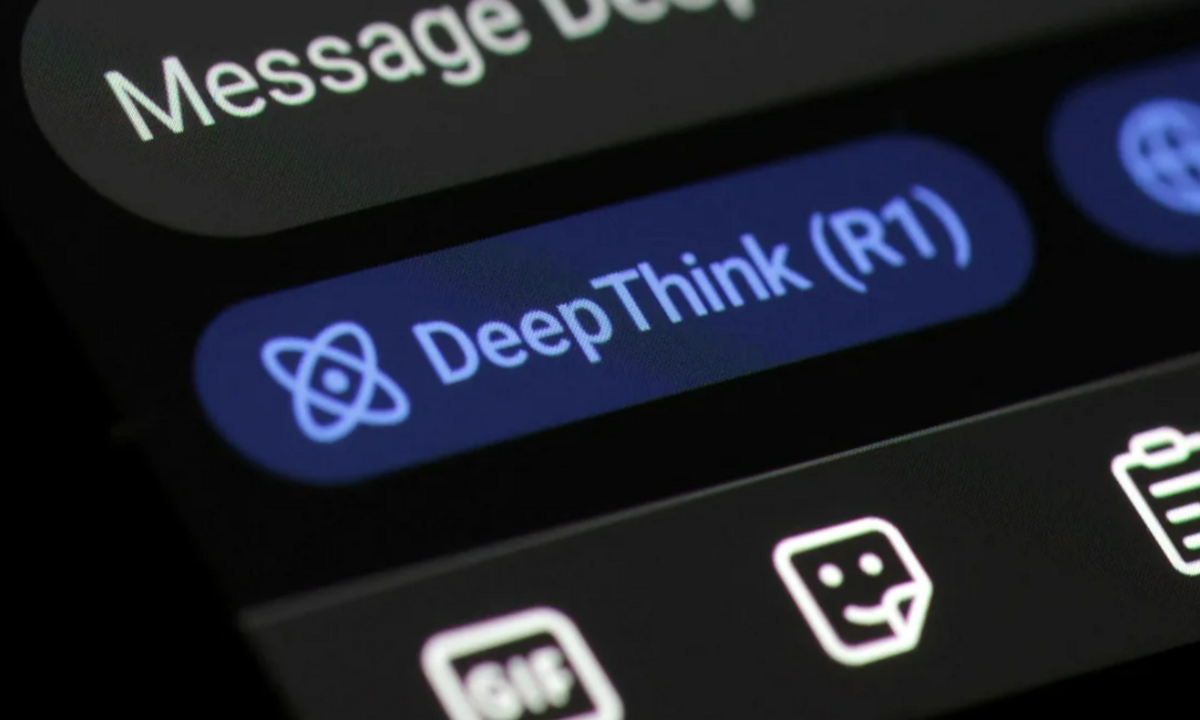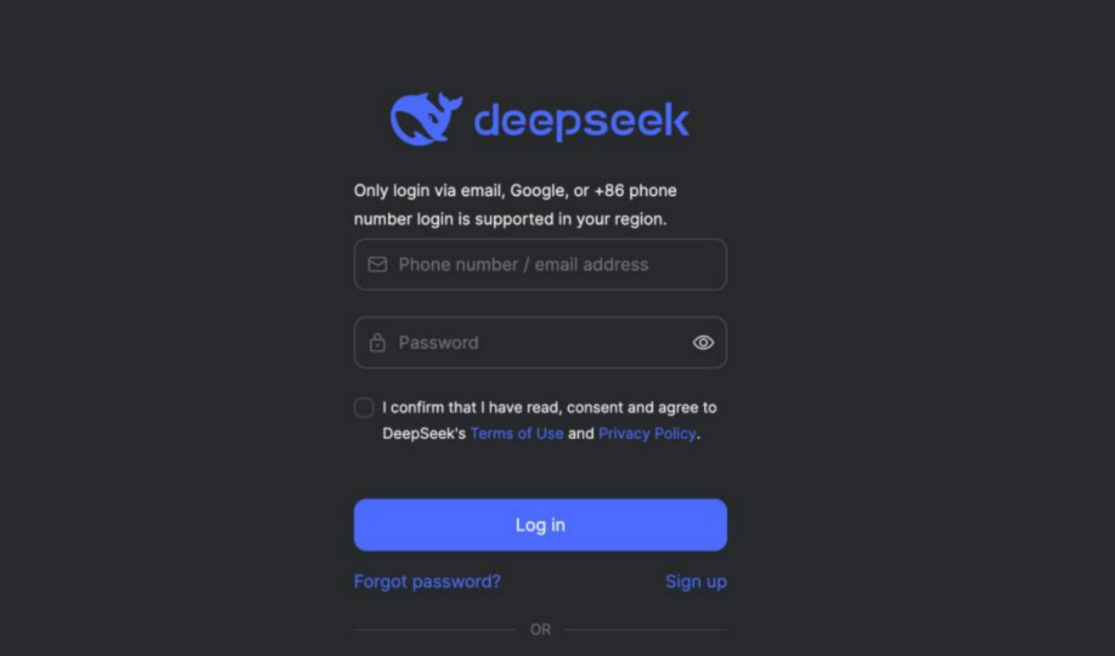Silicon Valley is facing a major shift in the artificial intelligence (AI) landscape. The rise of DeepSeek, a Chinese AI startup, has proven that building advanced AI models no longer requires massive resources. DeepSeek’s R1 model is comparable to those developed by major US tech giants, yet it was created with a fraction of the cost and computing power. This development is challenging the long-held belief that AI dominance depends solely on deep pockets and high-end chips.
What Makes DeepSeek Different?
Traditionally, companies like OpenAI, Google, and Anthropic have relied on billion-dollar investments in AI research, data centers, and specialized chips to maintain an edge. DeepSeek, however, has managed to develop an AI model with significantly lower costs, raising questions about the sustainability of the current AI business model.
Industry experts have long believed that only companies with access to high-performance GPUs and vast amounts of data could lead in AI. DeepSeek’s success proves that innovative approaches can achieve similar results at a lower cost. This new reality could force major AI firms to rethink their strategies, focusing more on efficiency rather than just throwing money at the problem.
Silicon Valley’s Response
DeepSeek’s advancements have not gone unnoticed. OpenAI CEO Sam Altman acknowledged the competition, calling DeepSeek’s model “impressive” and suggesting that his company will accelerate its own AI releases. OpenAI’s Chief Product Officer, Kevin Weil, emphasized that the industry remains highly competitive, both within the US and globally.
While DeepSeek’s cost-effective approach is gaining attention, some remain skeptical about the startup’s claim that it built its model for under $6 million. However, industry analysts predict that major AI companies will soon follow DeepSeek’s lead, creating more efficient AI models that require less computational power.

Impact on AI Development Costs
One of the biggest implications of DeepSeek’s emergence is its potential to reduce the costs of AI development. Currently, tech giants are investing billions into data centers designed to support AI workloads. OpenAI, Oracle, and SoftBank recently announced a $500 million investment in US AI infrastructure, while Microsoft and Meta have committed to spending $80 billion and $65 billion, respectively, on AI-related projects this year.
But with DeepSeek proving that effective AI models can be built with fewer resources, analysts believe that these massive investments in data centers may no longer be necessary. If AI companies can develop models that consume less power and require fewer servers, they could significantly cut their operating costs while maintaining the same level of performance.
Will AI Become More Affordable?
One major benefit of lower AI development costs is the potential for reduced prices for consumers and businesses. If companies like OpenAI, Google, and Microsoft follow DeepSeek’s efficiency model, AI-powered tools could become much more affordable.
Some experts predict that we will see a shift in AI monetization strategies, with companies focusing on expanding the reach of their AI tools rather than charging premium prices for access. More efficient AI models could lead to a wider adoption of AI-driven applications in industries such as healthcare, education, and business automation.
The Rise of Open-Source AI
DeepSeek’s model is open-source, meaning its underlying architecture is publicly available. This approach contrasts with the closed, proprietary AI models of companies like OpenAI and Google. Some tech leaders, including former Google CEO Eric Schmidt, argue that the US must support open-source AI to remain competitive.
Meta has already embraced this philosophy with its Llama model, which has influenced the broader industry. Supporters of open-source AI believe that sharing advancements freely will accelerate progress and prevent a single company from monopolizing the technology.
The Future of AI: Efficiency Over Power?
For years, AI companies have focused on developing increasingly powerful models by investing in expensive hardware and data centers. However, DeepSeek’s success is pushing the industry toward a new priority: efficiency. The goal is no longer just to create the most powerful AI but to make AI smarter while using fewer resources.
While some investors may be concerned about how this shift will impact AI firms’ profitability, others see it as a sign of maturity in the industry. AI companies will now compete not just on the quality of their models but on their ability to deliver AI solutions at the lowest cost.
Conclusion: A Pivotal Moment for AI
DeepSeek’s emergence marks a turning point in the AI industry. By proving that high-quality AI can be developed without massive financial investments, it is forcing Silicon Valley to rethink its approach. As AI companies scramble to adapt, the focus will likely shift toward efficiency, affordability, and accessibility.
This shift could democratize AI technology, making it more available to businesses, researchers, and everyday users. Whether Silicon Valley embraces open-source AI or finds new ways to monetize more efficient models, one thing is clear: the AI landscape is evolving rapidly, and the race for AI dominance has entered a new phase.
Disclaimer—Our team has checked this article to ensure its accuracy and eliminate any misinformation. We are committed to providing clear and reliable information for our readers.



